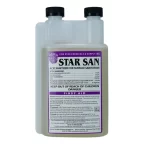As drinkers diversify and tastes evolve, forward-thinking brewers are doing what they’ve always done best—experimenting, adapting, and creating new ways to connect through craft.
The post Craft Breweries Take a Shot at Whiskey appeared first on CraftBeer.com.
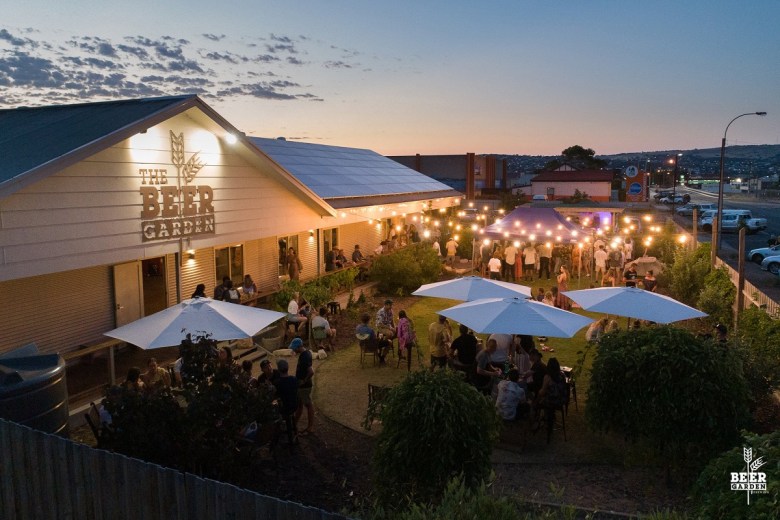 Alice Springs Brewing Co founder Kyle Pearson updates Beer & Brewer on operations at the newly acquired Port Lincoln venue.
Alice Springs Brewing Co founder Kyle Pearson updates Beer & Brewer on operations at the newly acquired Port Lincoln venue. 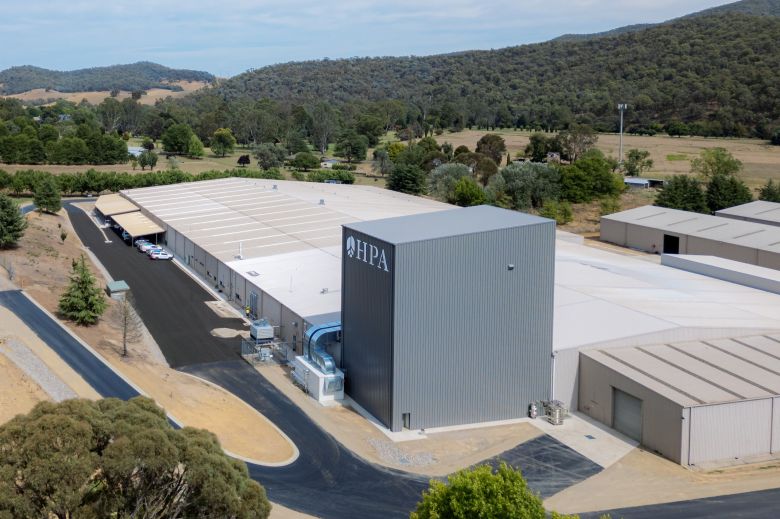 HPA’s new packaging and storage facility uses advanced technology to improve efficiency and product quality across the supply chain.
HPA’s new packaging and storage facility uses advanced technology to improve efficiency and product quality across the supply chain.  With just five years under its belt, Mountain Culture secured a historic three-peat in the GABS Hottest 100 poll.
With just five years under its belt, Mountain Culture secured a historic three-peat in the GABS Hottest 100 poll. 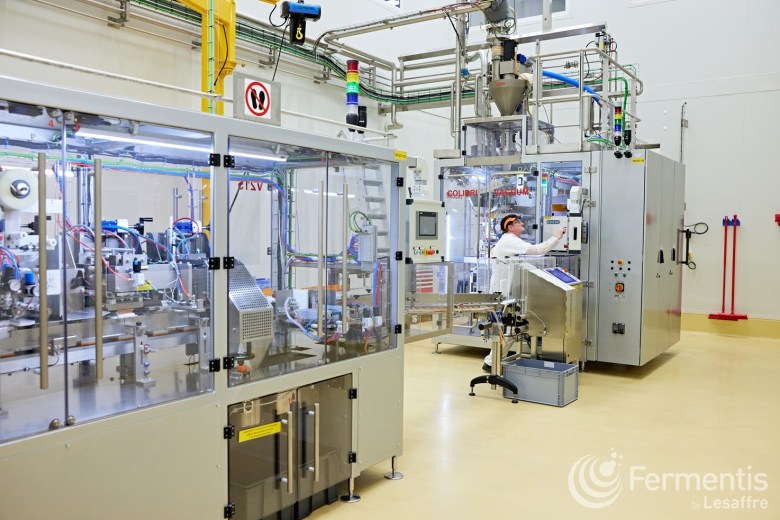 Fermentis has completed significant upgrades at Algist Bruggeman, improving the microbiological quality of its brewing yeast.
Fermentis has completed significant upgrades at Algist Bruggeman, improving the microbiological quality of its brewing yeast. 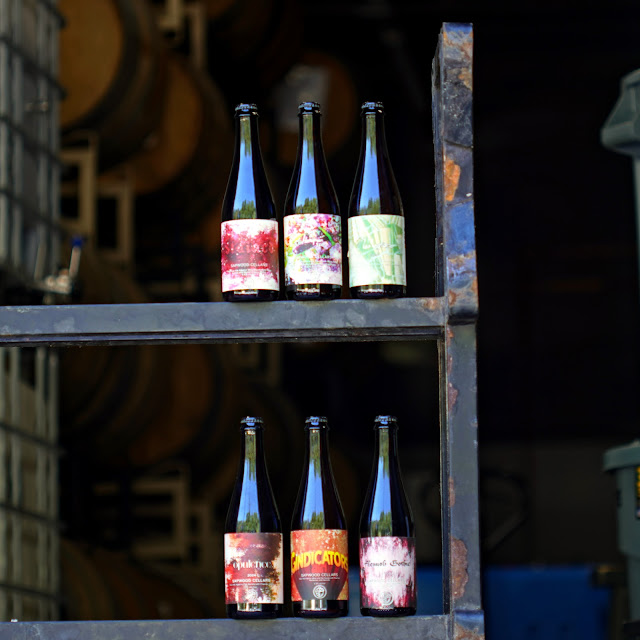
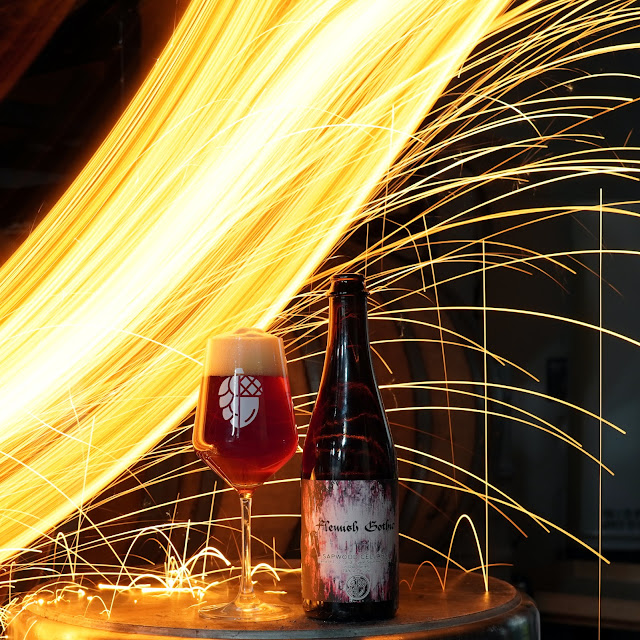
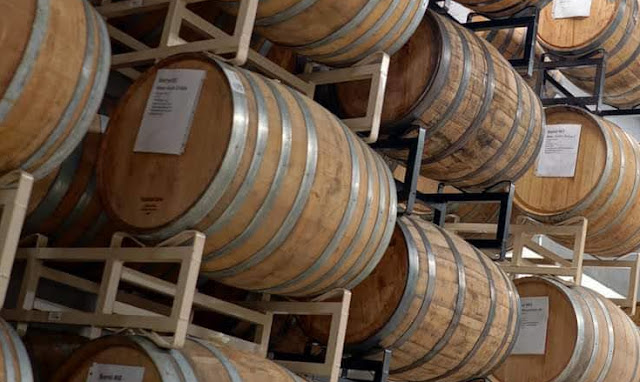
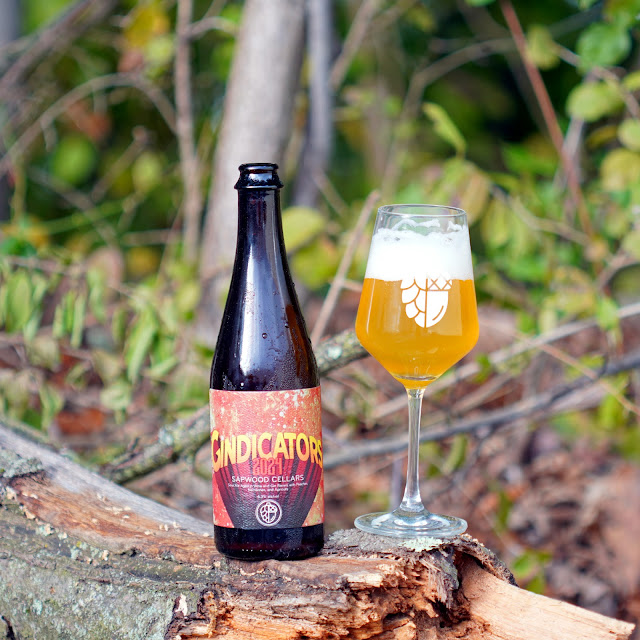

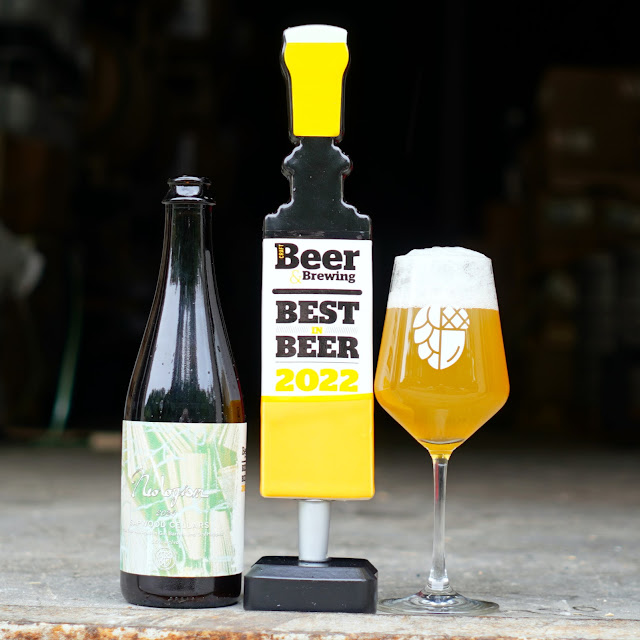
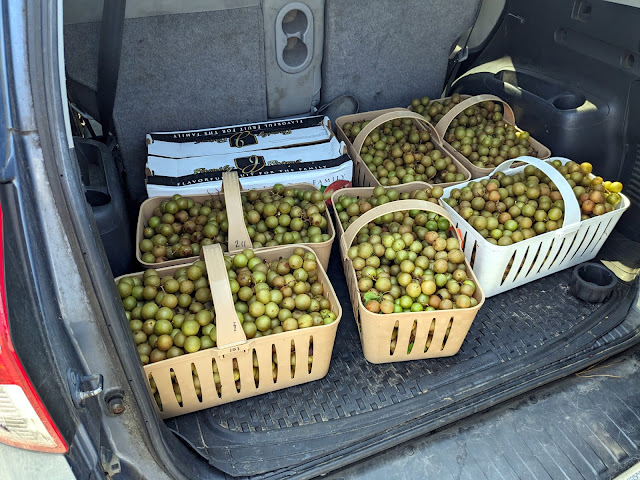
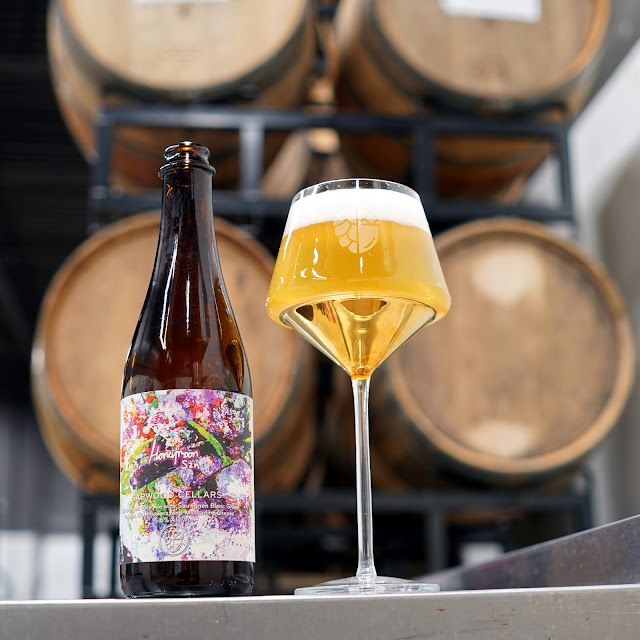
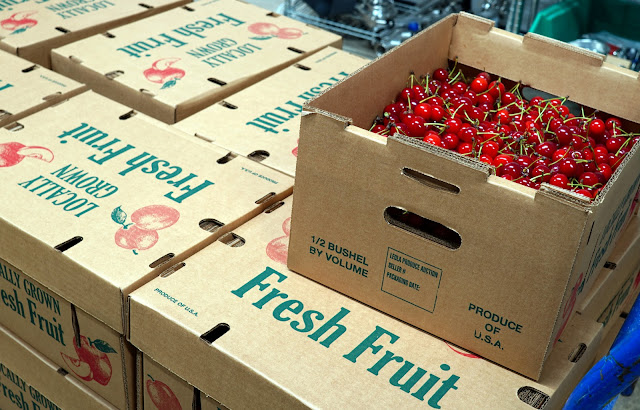
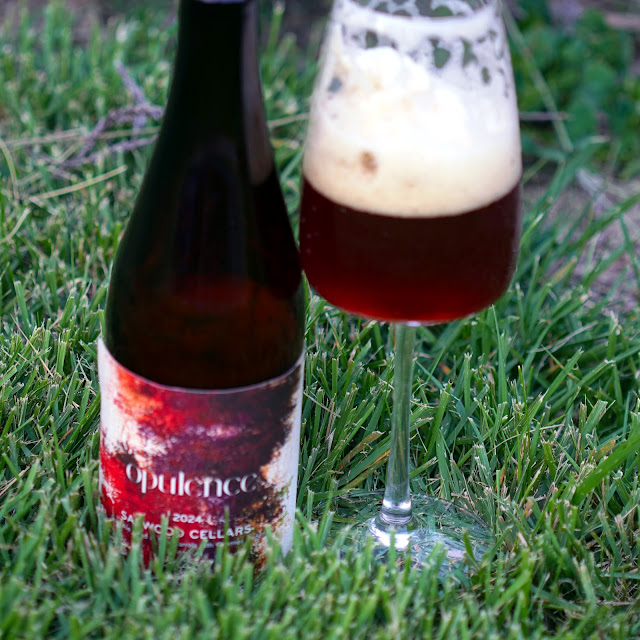

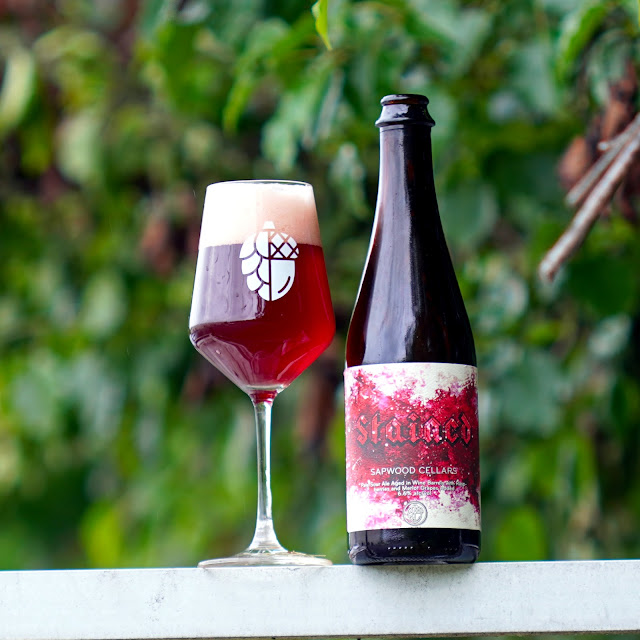
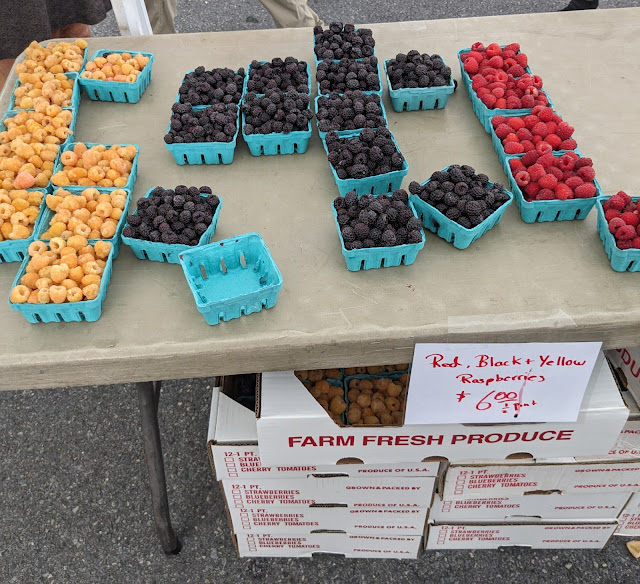
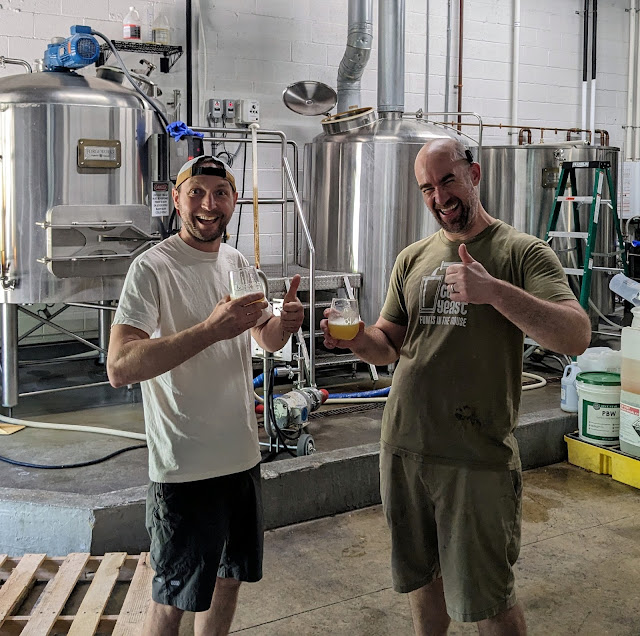
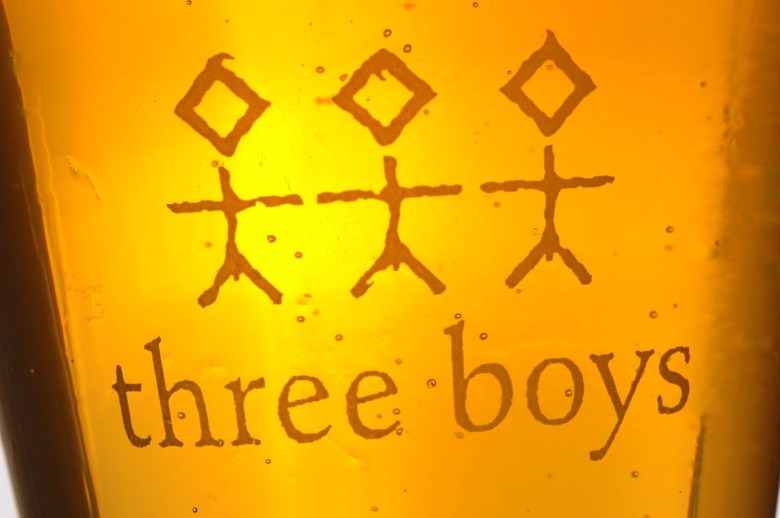 Owner Ralph Bungard spoke about the changing perception of beer, 20 years of ups and downs, and what makes Three Boys special.
Owner Ralph Bungard spoke about the changing perception of beer, 20 years of ups and downs, and what makes Three Boys special.  From Irish stout to hazy pale ales, Beer & Brewer rounds up the best non-alcoholic beers for Dry July.
From Irish stout to hazy pale ales, Beer & Brewer rounds up the best non-alcoholic beers for Dry July. 

